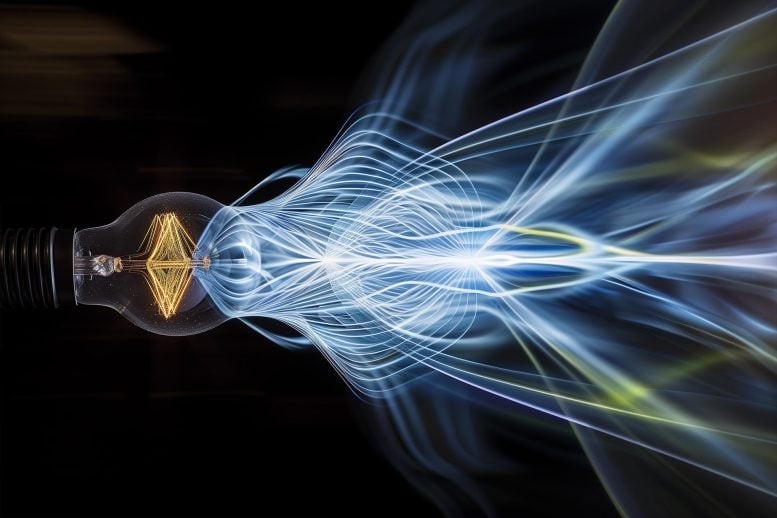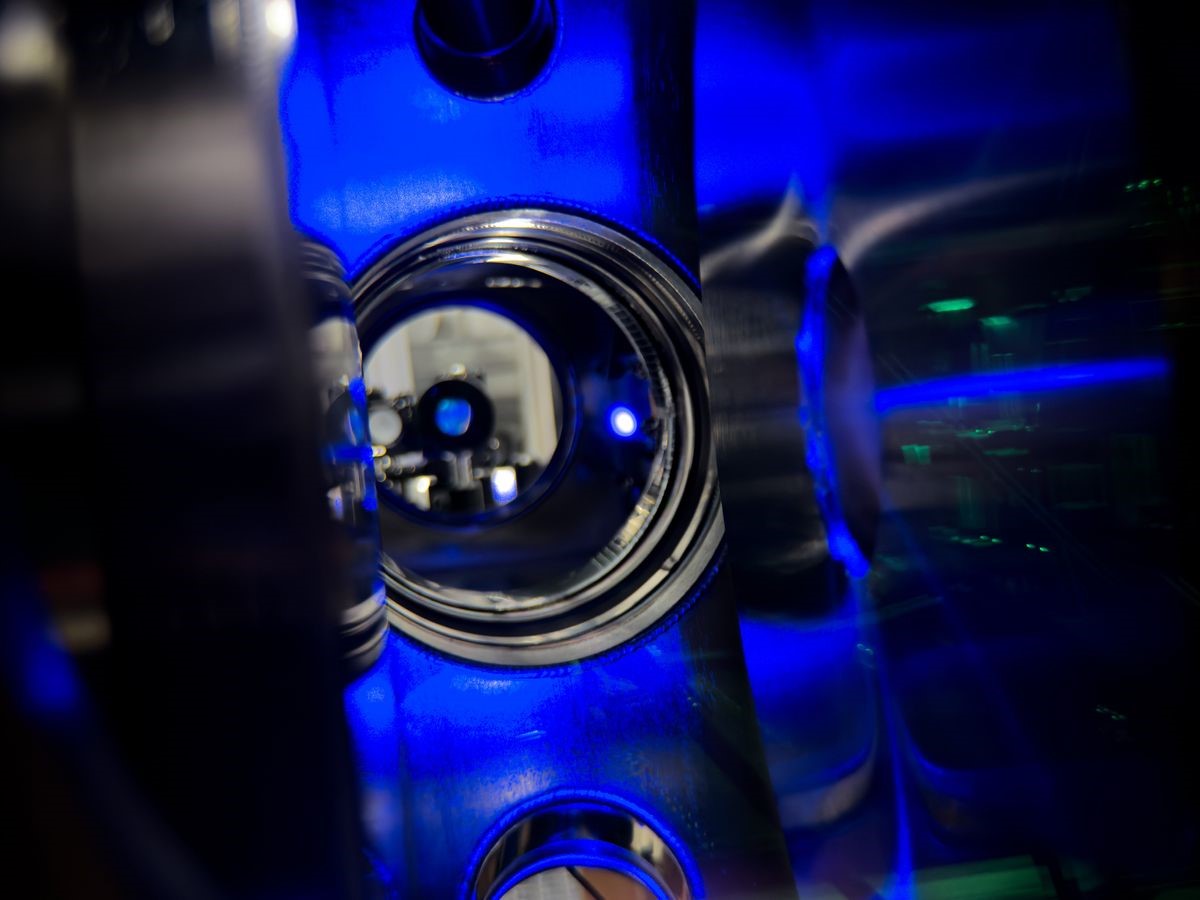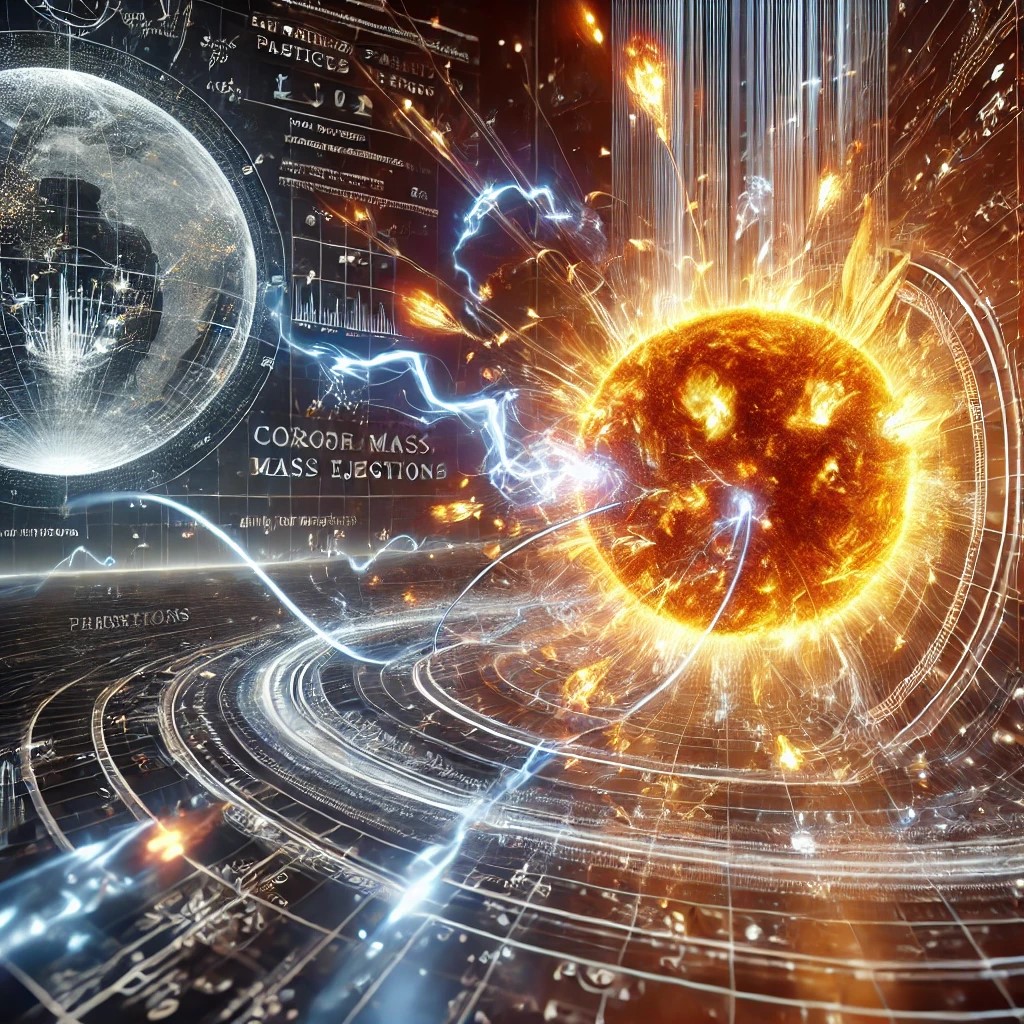Twisted Edison: Revolutionizing Autonomous Vision with Spiraling Light
Bright, Twisted Light: A Surprising Innovation
Researchers at the University of Michigan have unveiled a breakthrough in generating bright, twisted light using a design inspired by Edison’s classic light bulb. This advancement not only enhances our grasp of fundamental physics but also promises significant applications, particularly in robotic vision systems. The light, which spirals through space in a helical pattern, could redefine how such systems process visual information.

Figure 1. Twisted Edison: Transforming Autonomous Vision with Helical Light.
“It’s challenging to achieve sufficient brightness when producing twisted light through conventional methods, like electron or photon luminescence,” said Jun Lu, an adjunct research investigator in chemical engineering at U-M and the study’s lead author. The research, which graces the cover of science this week, highlights the potential of twisted filaments in revolutionizing light-based technologies. Figure 1 shows Twisted Edison: Transforming Autonomous Vision with Helical Light.
Revisiting an Old Idea for New Cloud
“We realized that an age-old approach might hold the key to generating these photons—one that doesn’t rely on electron or photon excitations, but mirrors the principle behind Edison’s original light bulb,” explained Jun Lu.
Every object with heat emits photons (light particles) in a spectrum determined by its temperature. When an object matches its surroundings in temperature, it simultaneously absorbs and emits photons at the same rate, a phenomenon idealized as “blackbody radiation.” This term stems from the fact that black surfaces absorb all photon frequencies, making them a perfect model.
In a tungsten filament light bulb, the filament’s temperature far exceeds that of its surroundings, producing an intense spectrum of emitted photons. Planck’s law, which governs blackbody radiation, provides a near-perfect prediction of this spectrum. While the combined photons appear as white light, passing this light through a prism reveals the full spectrum—a vibrant rainbow of individual photons.
This same radiation principle explains why objects glow brightly in thermal imaging. Even room-temperature objects, though dim, constantly emit and absorb blackbody photons, revealing them faintly in specific conditions. This rediscovery of foundational physics could pave the way for transformative technologies in light manipulation and emission.
Shape and Polarization: A New Perspective
In most discussions of blackbody radiation, the shape of the emitting object receives little attention—it is often simplified to a sphere. While the shape doesn’t influence the spectrum of wavelengths emitted, it can affect another critical property: polarization.
Typically, photons from a blackbody source are randomly polarized, meaning their wave oscillations can occur along any axis. However, the study found that when the emitter has a twisted structure at the micro or nanoscale, with the twists matching the wavelength of the emitted light, the radiation itself becomes twisted. This twisting, known as elliptical polarization, is influenced by two key factors: the wavelength of the photons relative to the twist length and the material's electronic properties, such as nanocarbon or metal.
Chiral Light and Robotic Vision
Twisted light, also called "chiral" light, features waves with rotations that are mirror images of each other—clockwise or counterclockwise. This study forms the foundation for an exciting application: leveraging chiral blackbody radiation to identify objects. The Michigan researchers propose a future where robots and self-driving cars utilize this technology to "see" in a manner similar to mantis shrimp, detecting differences in the direction and degree of light's twist.
This innovation could lead to "twisted filament" chiral lightbulbs, enabling machines to discern finer details in their environment, transforming navigation, object recognition, and beyond.
Brightness and Future Challenges
The standout advantage of this method for generating twisted light is its exceptional brightness—up to 100 times brighter than traditional techniques. However, the emitted light includes a broad spectrum of both wavelengths and twists, which poses a challenge for fine-tuned applications.
To address this, the research team is considering several strategies, including the development of lasers based on twisted light-emitting structures. Such lasers could offer a more precise and controlled source of chiral light for advanced technological applications.
Additionally, the team, led by Professor Nicholas Kotov, plans to investigate deeper into the infrared spectrum. At room temperature, the peak wavelength of blackbody radiation is around 10,000 nanometers (0.01 millimeters), a region that is often noisy. Kotov believes it might be possible to enhance contrast in this range by leveraging the elliptical polarization of twisted light.
“We see significant potential in this underexplored area of the spectrum,” Kotov remarked, hinting at exciting opportunities for future research and applications.
Source: SciTECHDaily
Cite this article:
Priyadharshini S (2024), "Twisted Edison: Revolutionizing Autonomous Vision with Spiraling Light", AnaTechMaz,pp.115















